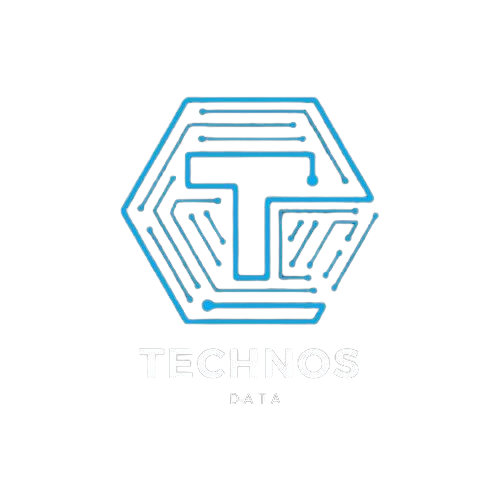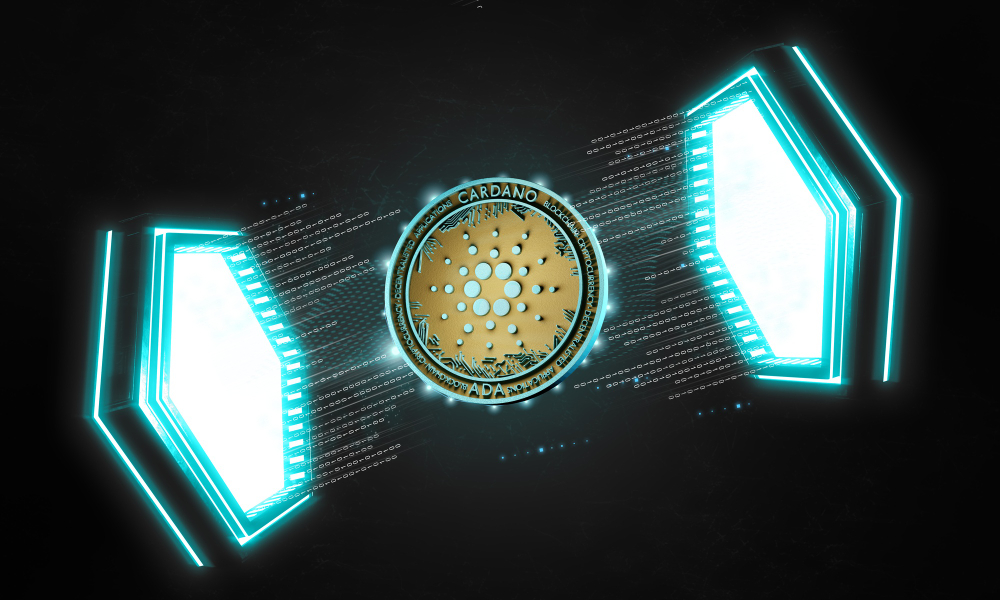Blockchain technology, once confined to the realms of cryptocurrency, is now making waves across various industries. This revolutionary decentralized system has the potential to reshape the way we conduct transactions, secure data, and even play games. In this comprehensive guide, we will delve into the intricacies of blockchain, exploring its diverse applications, the process of creating a blockchain, and how it intersects with the innovative concept of the “blackchain game.” Let’s navigate through the technicalities and unveil the untapped potential of blockchain technology.
Understanding Blockchain: More Than Just Cryptocurrency
Blockchain is often synonymous with cryptocurrencies like Bitcoin and Ethereum, but its applications extend far beyond the financial sector. At its core, a blockchain is a decentralized and distributed ledger that records transactions across a network of computers. Each transaction, or “block,” is linked to the previous one through cryptographic hashes, forming an unalterable chain.
All of the Following Describe Blockchain
- Transparency and Security: One of the key attributes of blockchain is its transparency. Once a block is added to the chain, it becomes visible to all participants in the network. This transparency, coupled with the cryptographic nature of the blocks, ensures a high level of security, making it extremely challenging for malicious actors to alter the data.
- Decentralization: Traditional systems often rely on a central authority to validate and record transactions. Blockchain, on the other hand, operates on a decentralized network of nodes. This not only reduces the risk of a single point of failure but also eliminates the need for intermediaries, leading to more efficient and cost-effective processes.
- Immutability: Once data is recorded on the blockchain, it is practically impossible to change. The immutability of blockchain ensures the integrity of the information, making it a reliable and tamper-proof record.
Blockchain Beyond Transactions: The Blackchain Game
The intersection of blockchain and gaming has given rise to a fascinating concept known as the “blackchain game.” This innovative fusion combines the principles of blockchain with gaming, creating a unique and secure gaming experience.
In a blackchain game, the game assets and transactions are recorded on a blockchain. This not only provides players with true ownership of in-game assets but also ensures transparency and fairness in the gaming environment. Each in-game action becomes a part of the blockchain, creating a verifiable and trustless system.
The blackchain game concept is not limited to a specific genre. From virtual real estate to digital collectibles, the possibilities are vast. This integration not only enhances the gaming experience but also opens new avenues for the gaming industry, fostering a sense of ownership and value for players.
How Do You Create a Blockchain? A Step-by-Step Guide
Creating a blockchain may sound like a complex task reserved for tech experts, but with the right guidance, it can be a manageable process. Here’s a step-by-step guide on how to create a basic blockchain:
- Define the Purpose: Clearly outline the purpose of your blockchain. Whether it’s for a specific application, token creation, or a decentralized application (DApp), understanding the purpose is crucial.
- Choose a Consensus Mechanism: Decide on the consensus algorithm that will govern your blockchain. Popular choices include Proof of Work (PoW), Proof of Stake (PoS), and Delegated Proof of Stake (DPoS).
- Select the Blockchain Platform: Choose a blockchain platform that aligns with your project requirements. Ethereum, Binance Smart Chain, and Hyperledger are some popular platforms offering various features and functionalities.
- Design the Nodes: Set up the nodes that will participate in the blockchain network. Nodes are the computers that validate and propagate transactions.
- Establish the Blockchain’s Internal Architecture: Define the rules governing the internal architecture of your blockchain, including the block structure, consensus rules, and transaction formats.
- Integrate APIs: Integrate necessary APIs for functionalities such as wallet integration, smart contract deployment, and token creation.
- Test the Blockchain: Before deploying your blockchain, conduct extensive testing to identify and resolve any potential issues. This ensures the stability and security of your blockchain.
- Deploy the Blockchain: Once testing is complete, deploy your blockchain on the selected platform. Ensure that all nodes are connected and operating correctly.
- Monitor and Maintain: Regularly monitor the blockchain network for performance, security, and any potential upgrades. Maintenance is crucial for a sustainable and effective blockchain.
Tekno Step: Navigating the Future of Blockchain Technology
As we step into the future, the evolution of blockchain technology continues at a rapid pace. The term “Tekno Step” encapsulates the progressive and dynamic nature of blockchain advancements. From the integration of artificial intelligence to the development of more energy-efficient consensus mechanisms, Tekno Step represents the constant innovation within the blockchain space.
Blockchain’s potential is not confined to a single industry or application. Its versatility, coupled with ongoing technological developments, promises a future where decentralized systems redefine the way we interact, transact, and secure information.

